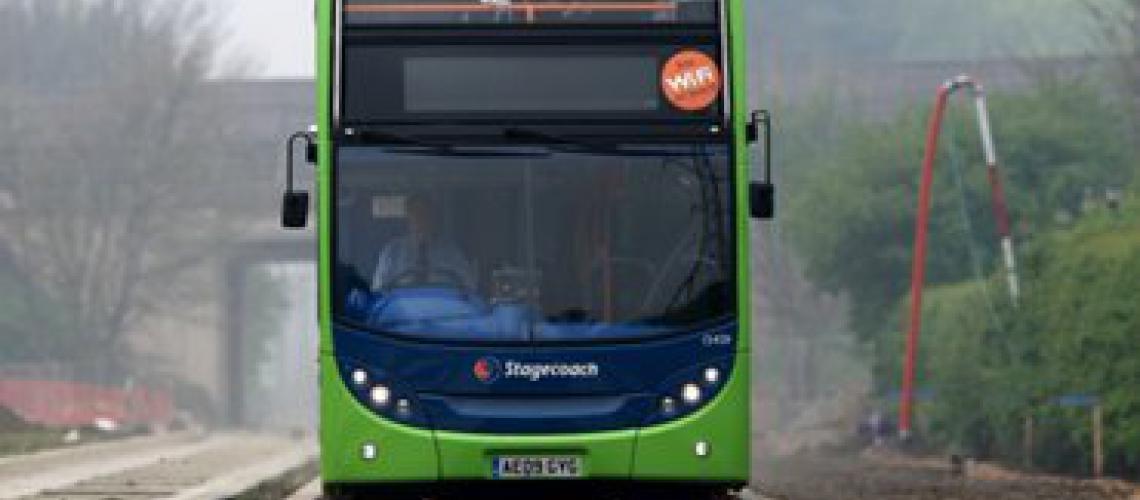DATA STORY – Smarter Transport and open data

The “Cambridge Phenomenon”
Since 1960, the Greater Cambridge area has been home to an ever-increasing cluster of technology, life sciences and services business known as the “Cambridge Phenomenon” (http://www.cambridgephenomenon.com/) . The success to date has been widely celebrated, but is now contributing to a shortage of housing and significant transport congestion that threatens to choke off further economic growth.
The problem
In order to deliver more jobs and economic growth, and to unleash the next wave of the “Cambridge Phenomenon”, the Greater Cambridge area has to grow physically whilst maintaining ease of movement. Greater Cambridge has a secured a ‘City Deal’ http://www.cambridgeshire.gov.uk/citydeal/ which will see in the initial first five years a series of hard infrastructure interventions such as Bus Lanes and Cycle Lanes. However we know that we need to do more than this, moving toward more intelligent mobility.
The new oil?
At the heart of intelligent mobility is data, this data has been described as a ‘new form of oil’ for the transport system which will allow; greater understanding of the network, better mapping of demand, more accurate information for users and the implementation of ideas such as ‘Smart Parking’.
Cambridgeshire Insight and the areas of the County Council with responsibility for transport policy and delivery have received a high number of requests for transport data. This has been from a broad range of stakeholders from local cycle campaigns, data enthusiasts and businesses. The County Council have been able to use the Breakthrough Two funding to begin to unlock some of the most requested data sets as well as making some of the already available data more user friendly by developing streaming API’s. This allows developers to gather real time information. Interest has already been shown by a company who would like to use a live stream of the Car Parking data and work on an API has begun. This data will then be used in a pilot Smart Parking platform.
High level data on transport flows taken from cycle counters and traffic counts has been released which shows transport flow trends around the city and we have engaged with transport colleagues to understand what other data they hold which could be released.
Smarter solutions
One of the transport key data streams is Real Time Passenger Information. The County Council isn’t the owner of this data but we recognise the importance of it in developing better transport information. Currently a third party owns the GPRS system which tracks the buses. This data is then sent back to the third party who processes it to arrive at the times that passengers see displayed on the real time displays. Experience from passengers is that this information can be quite inaccurate and although it will display that a bus is 3 mins away because of the amount of traffic it may actually take 15 mins. This means that end to end journey times are unpredictable.
The Cambridge University computer labs (http://www.cl.cam.ac.uk/) have developed a platform which will feed in data from a number of sources including historic data, data on current road conditions and crowd sourced data through mobile phones to give a much more accurate prediction of journey time. This will mean that travellers are better able to plan journeys, make more intelligent choices and will make using public transport more reliable encouraging modal shift. Breakthrough 2 funding will fund a streaming API which will feed into the Universities platform allowing a more intelligent application to be built.
As Cambridge moves toward becoming a Smart City, transport data will become more and more important. The Breakthrough Two funding has allowed us to take the first steps in providing the new oil to power smarter cities and places.
Contact details
Connecting Cambridgeshire
Web http://www.connectingcambridgeshire.co.uk/
Email connecting.cambridgeshire@cambridgeshire.gov.uk
Twitter https://twitter.com/ConnectingCambs
Additional sources of data:
-
Economy http://opendata.cambridgeshireinsight.org.uk/dataset?f%5b0%5d=field_tags...
-
Housing http://opendata.cambridgeshireinsight.org.uk/dataset?f%5b0%5d=field_tags...
-
Population and demographics http://opendata.cambridgeshireinsight.org.uk/dataset?f%5b0%5d=field_tags...
-
Transport http://opendata.cambridgeshireinsight.org.uk/dataset?f%5b0%5d=field_tags...
